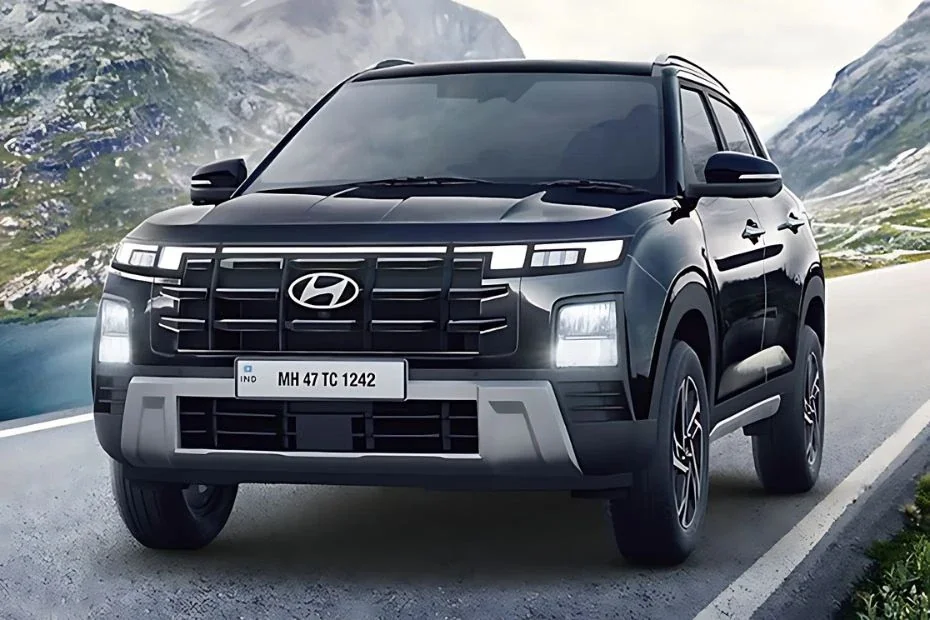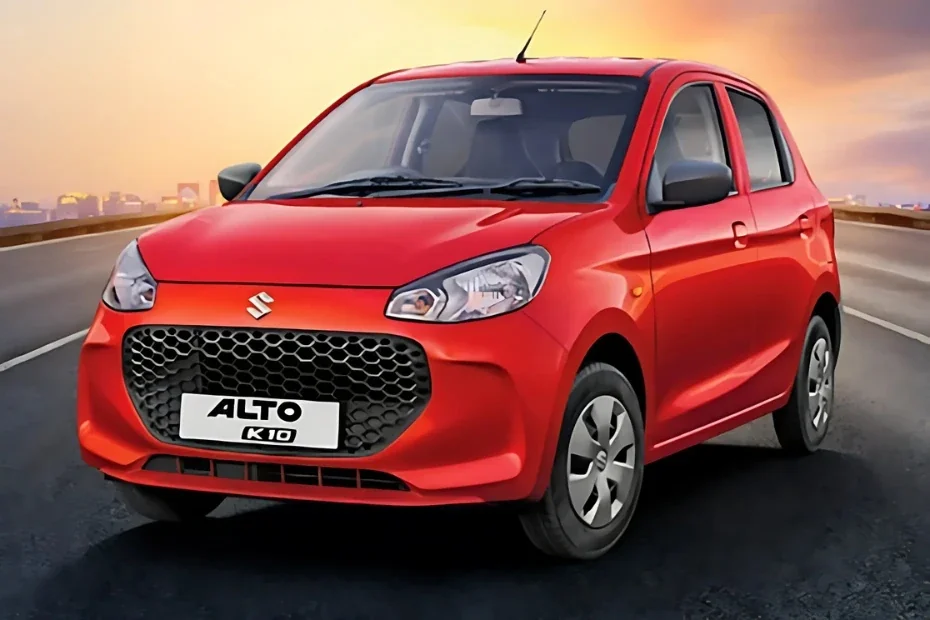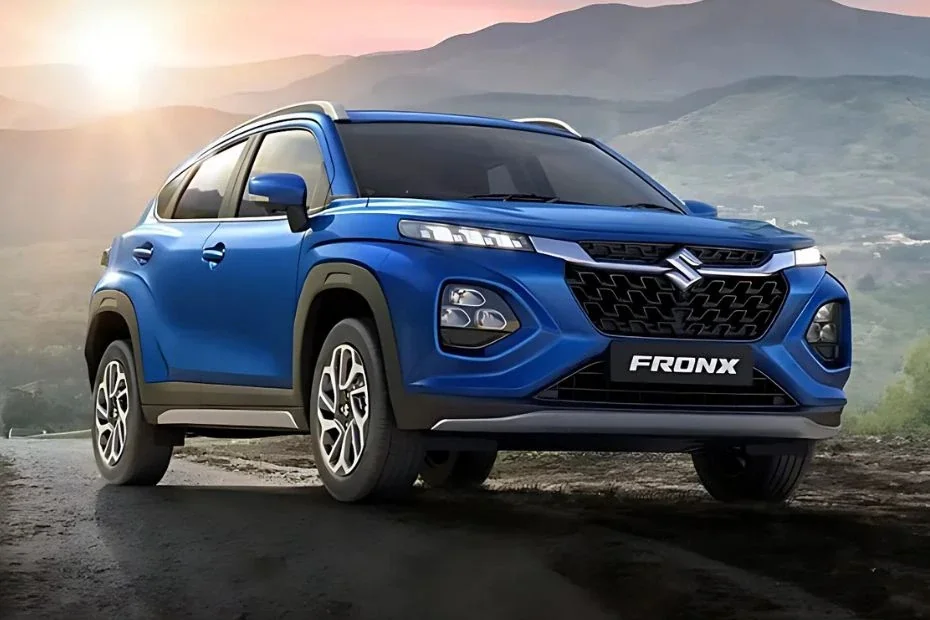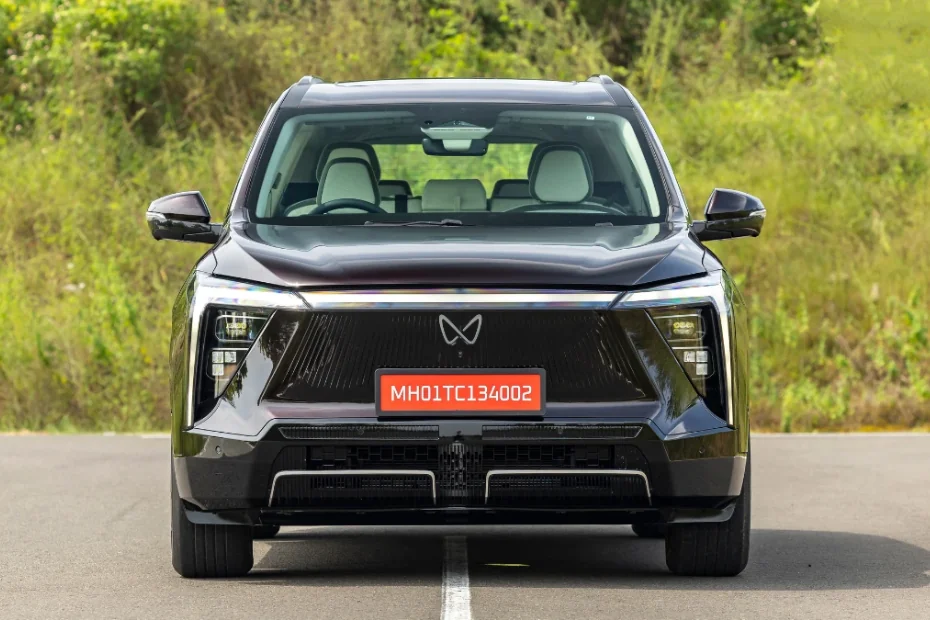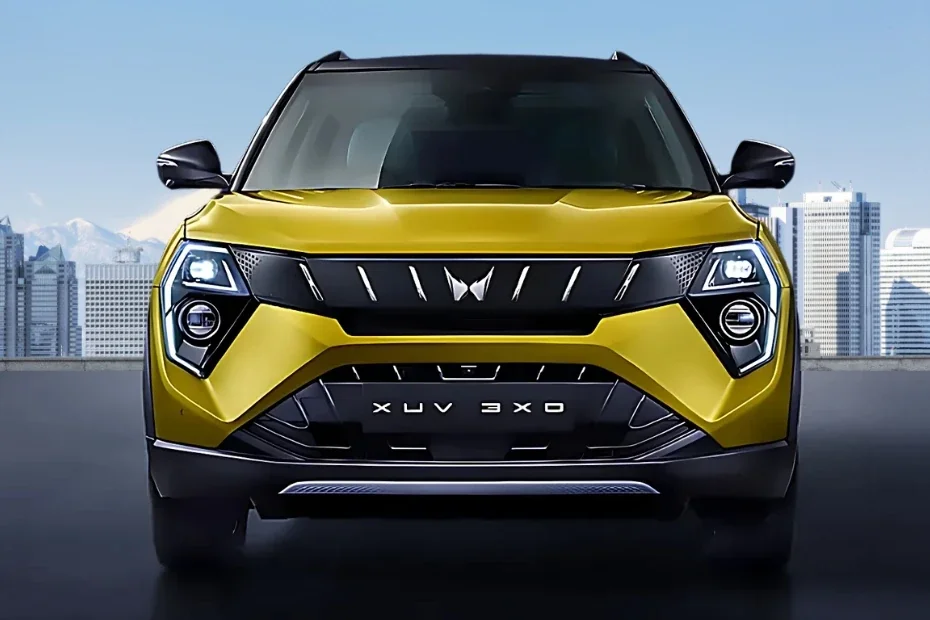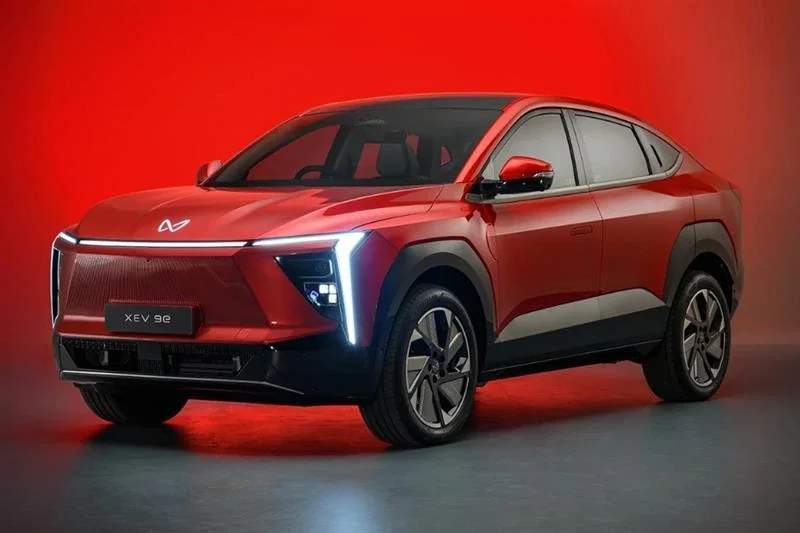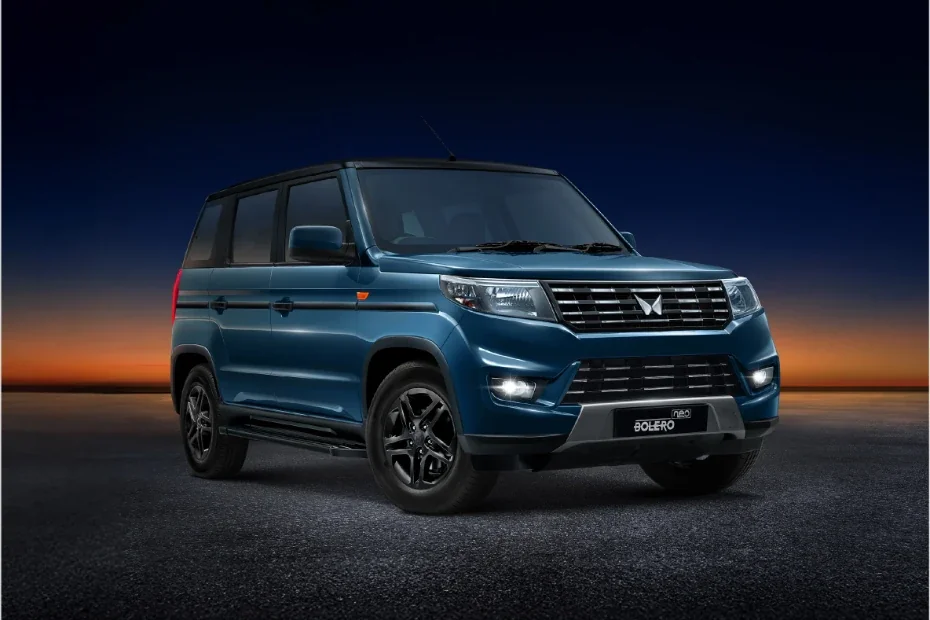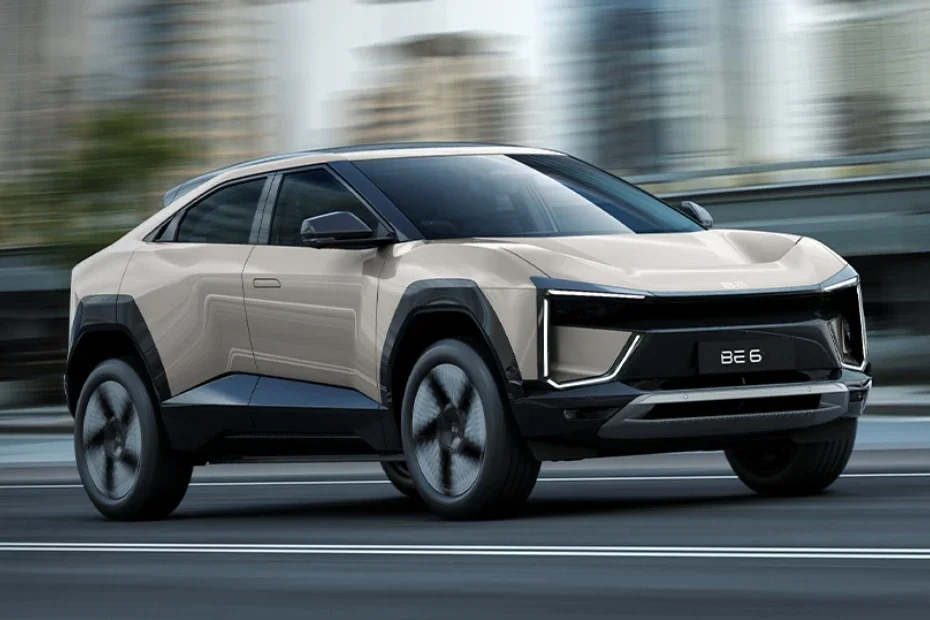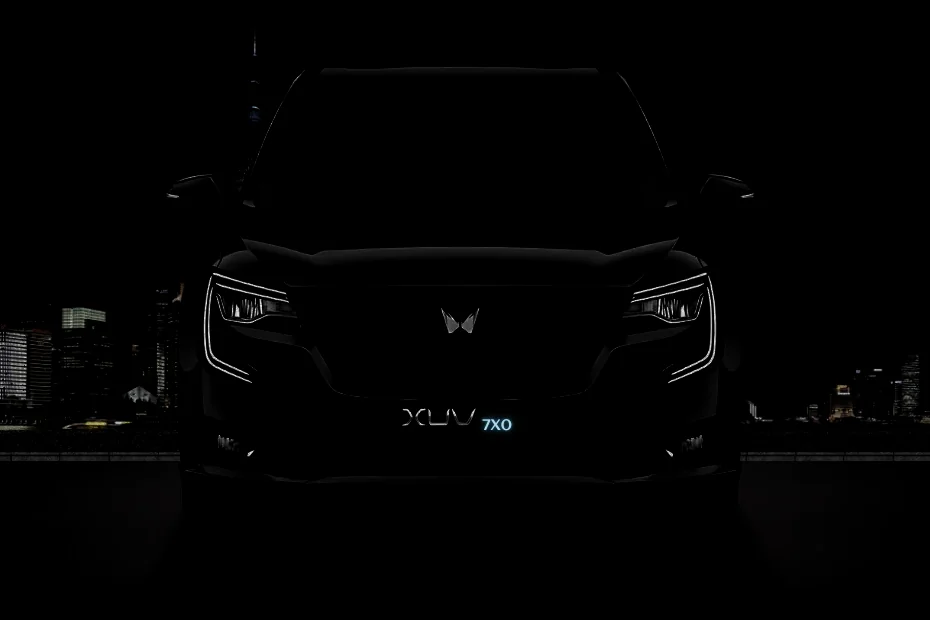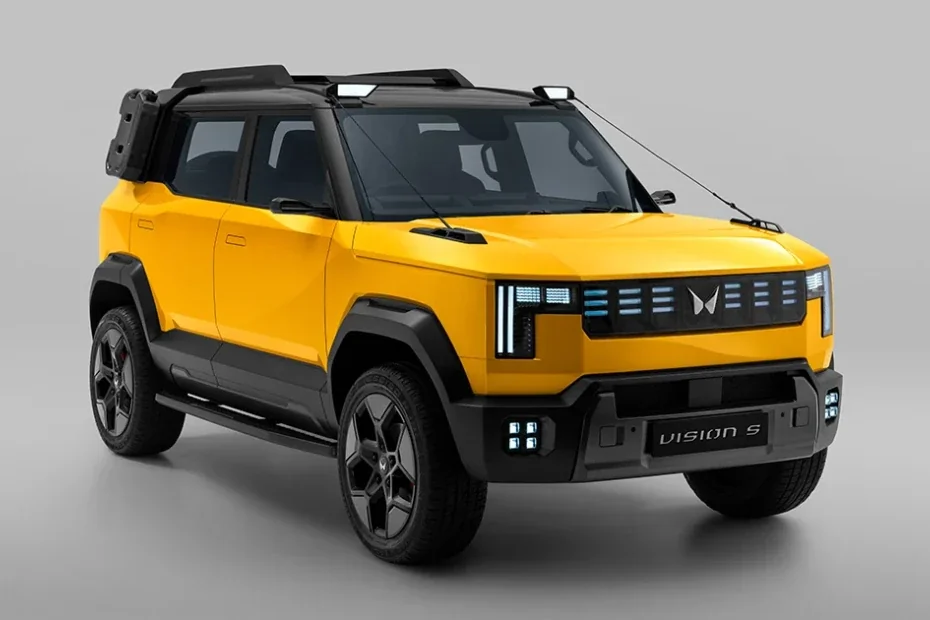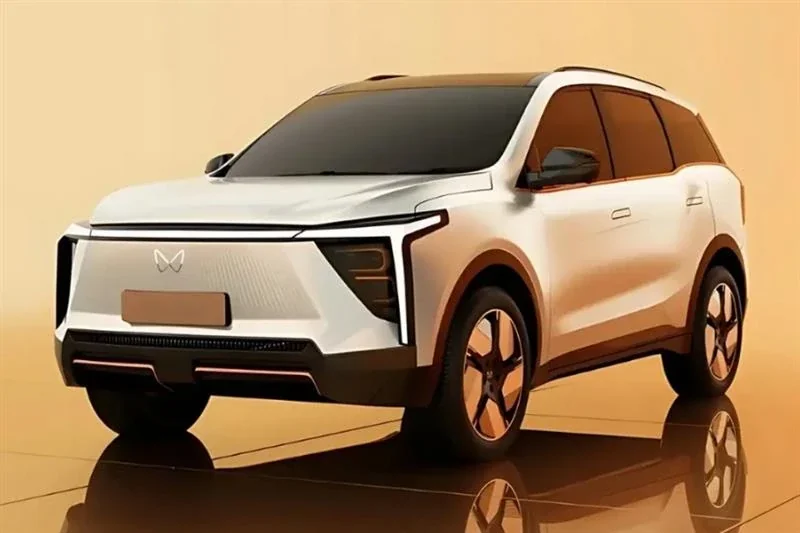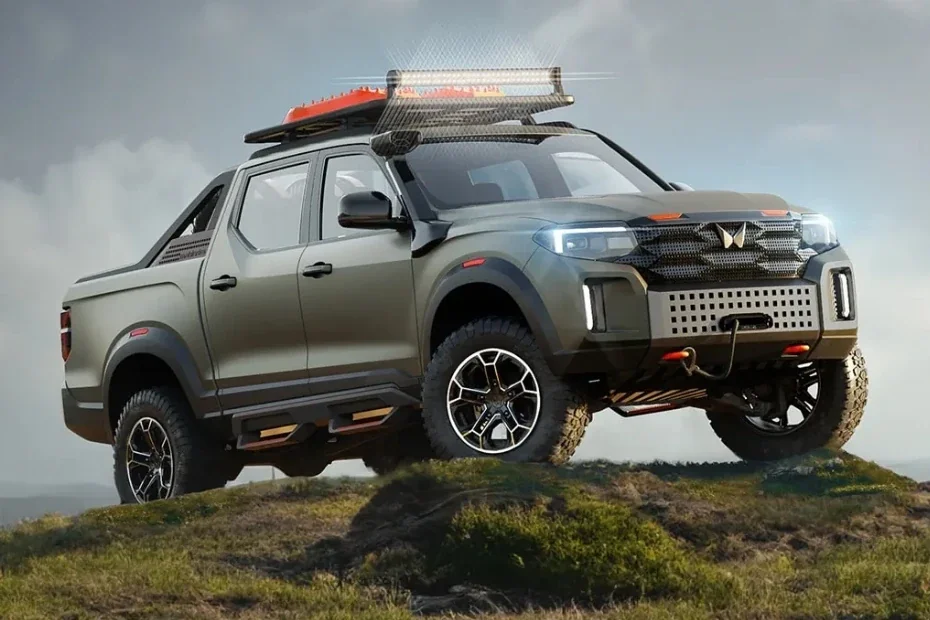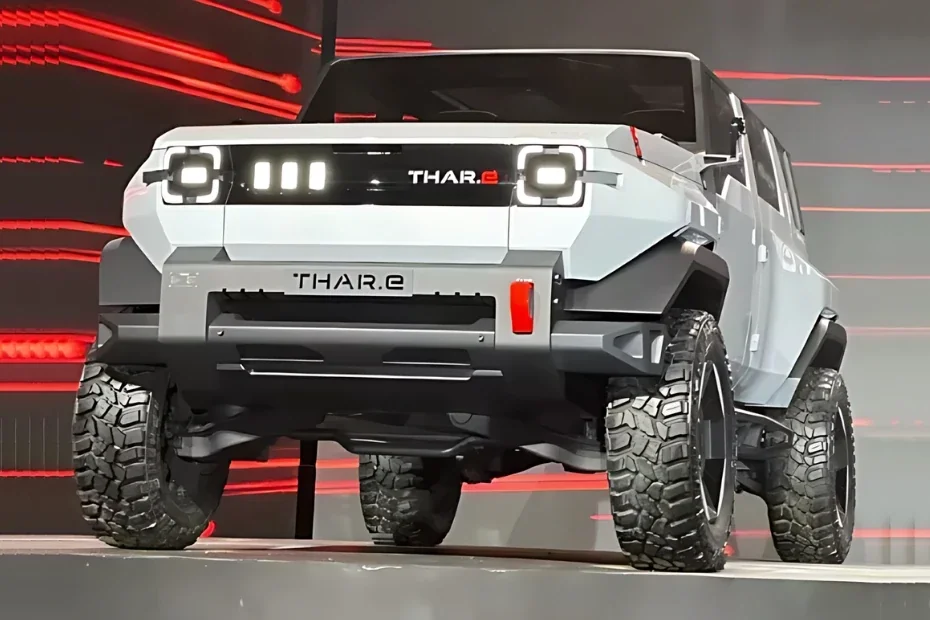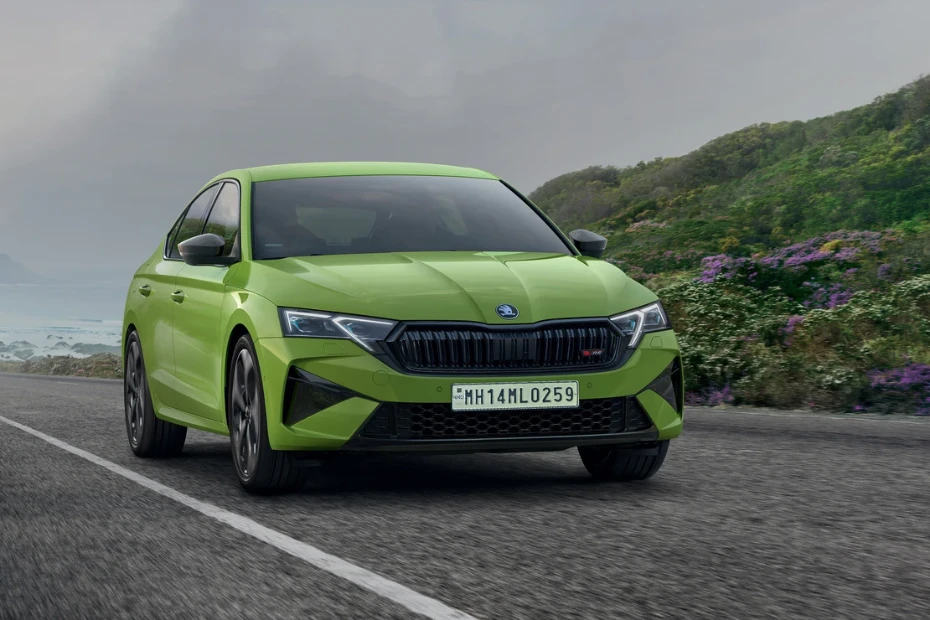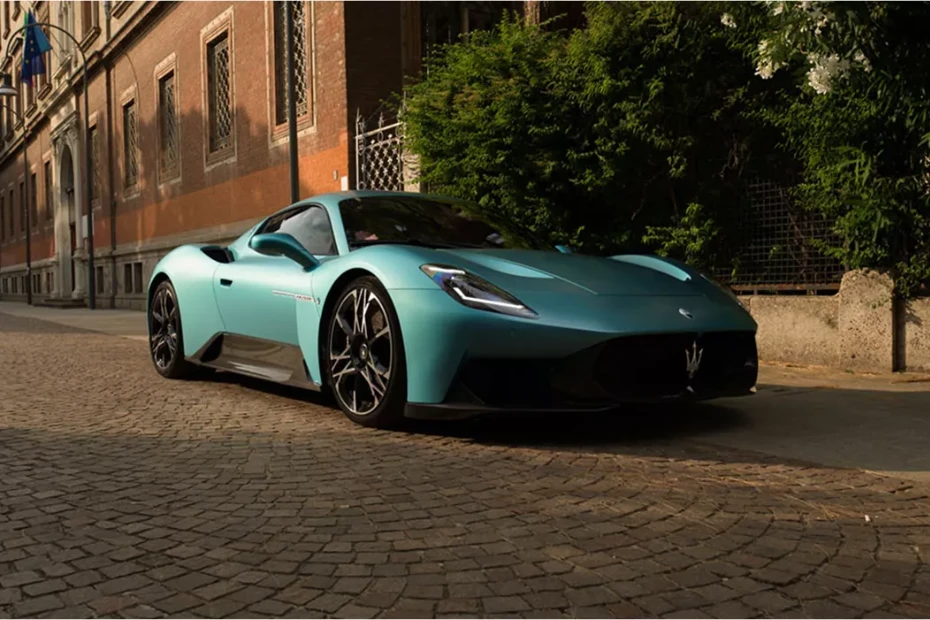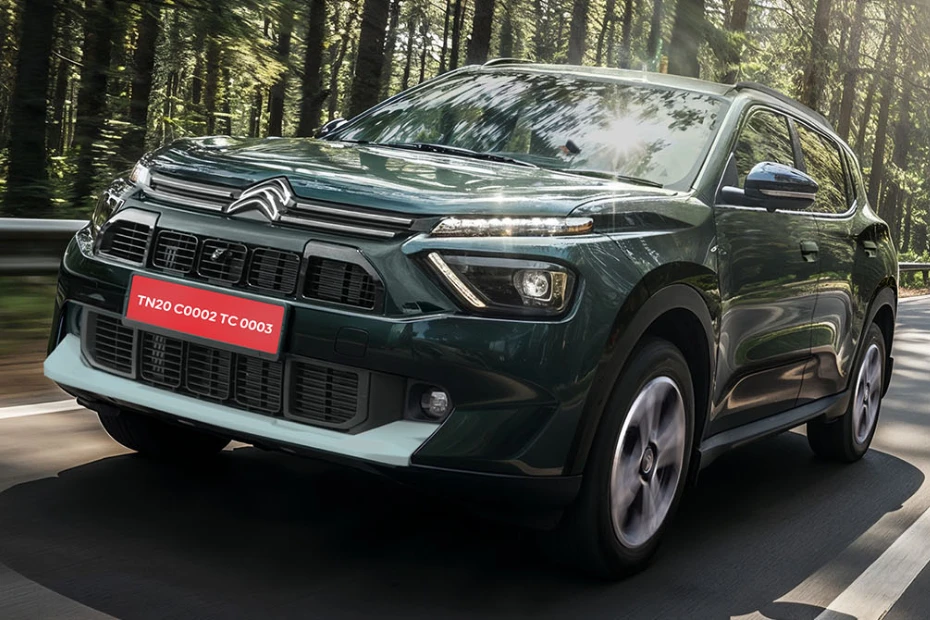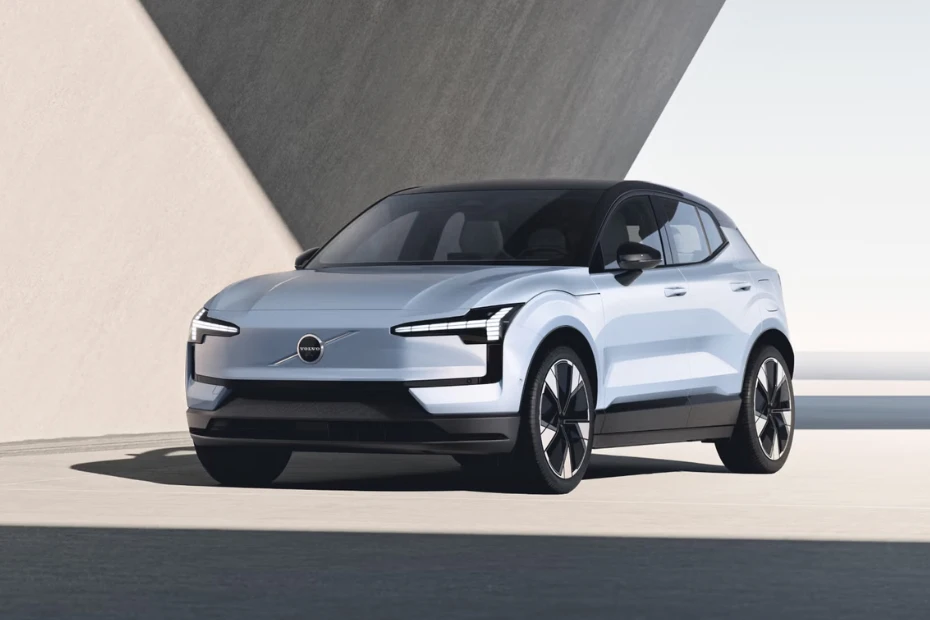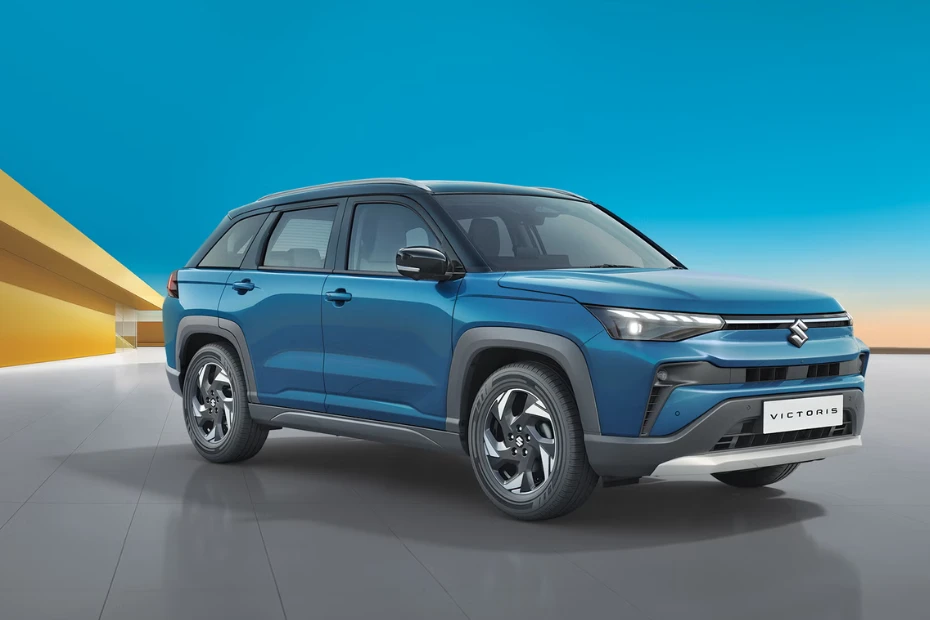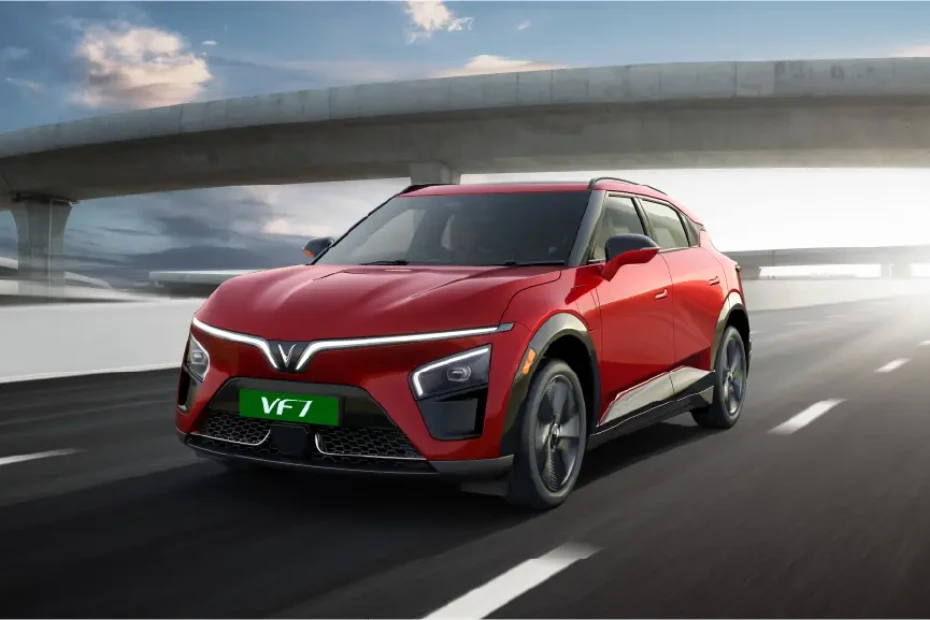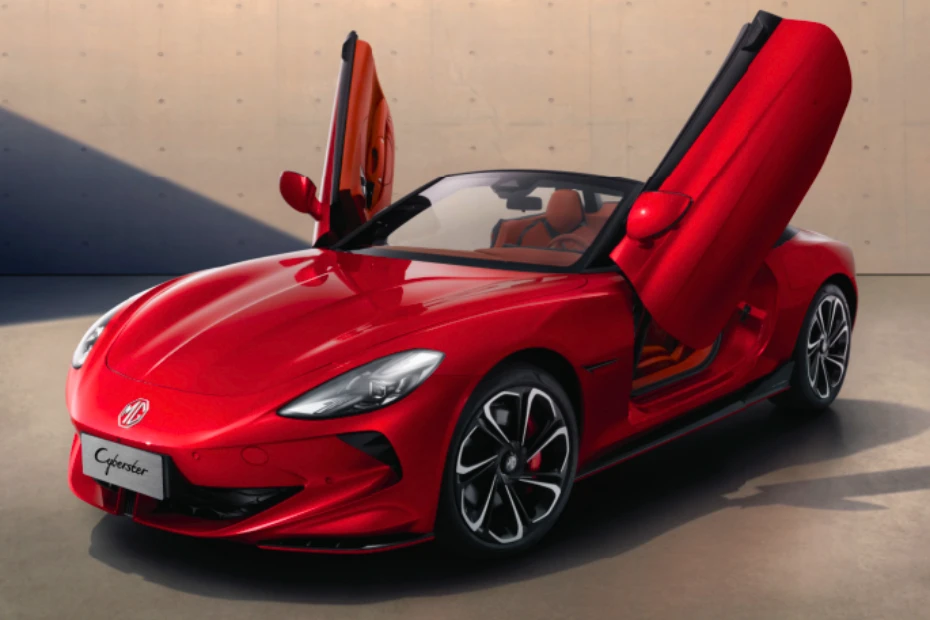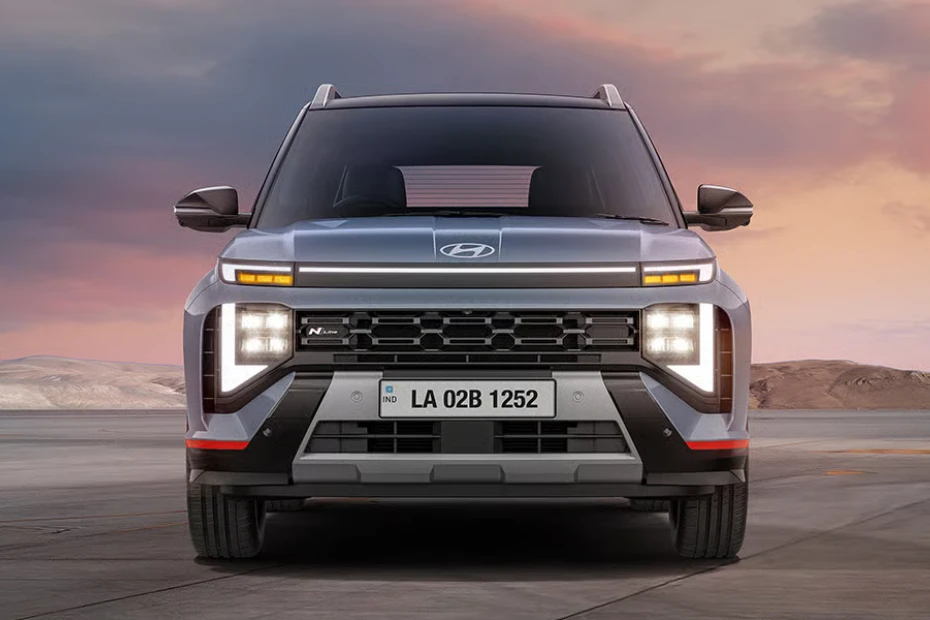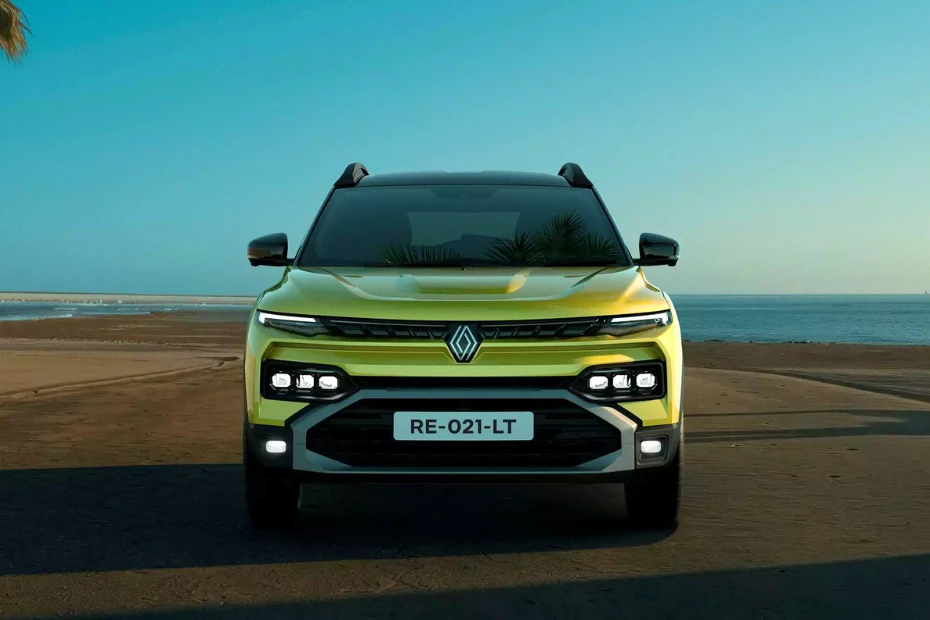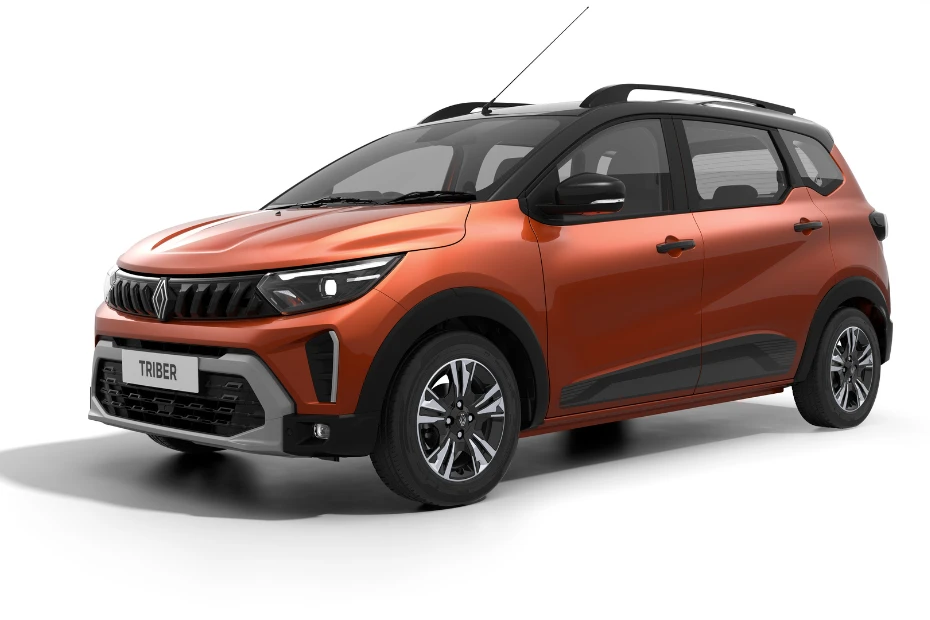Mahindra XUV 300 Facelift
Change Car
Recommended Cars
4.30
31 Ratings
₹0.00 *
Alert me when launched

Thank you!
We will contact you as soon as this car will be launched.
Mahindra XUV 300 Facelift Mileage
Mahindra XUV 300 Facelift Key Specifications
Mileage
N/A
N/A
Engine
N/A
N/A
Power
N/A
N/A
Transmission
N/A
N/A
Fuel Type
N/A
N/A
Seats
N/A
N/A
Mahindra XUV 300 Facelift Latest Update
XUV 300 Facelift
People Also Searched For
Trending Mahindra Cars in India
Upcoming Mahindra Cars
Popular Cars
Mahindra XUV 300 Facelift Car FAQs
The expected launch date of Mahindra XUV 300 Facelift is 06-04-2024.
The price range of Mahindra XUV 300 Facelift starts from 10.00 lakh - 15.00 lakh.
Mahindra XUV 300 Facelift is None.
Mahindra XUV 300 Facelift offers 5 seating options.
List of expected key features would includes ventilated seats, panoramic sunroof, level 2 ADAS suite etc.
View All XUV 300 Facelift FAQs
Looking for
Car Loan?
Whether you're eyeing a sleek sedan, a spacious SUV, or a sporty coupe, we've got you covered. Purchase your next dream car from Carlelo.com and make financing your new ride a breeze.

XUV 300 Facelift Brochure
Download Brochure for detailed information of specifications, features and price.
Trending Mahindra Cars in India
All Mahindra Cars in India
Upcoming Mahindra Cars
View All Mahindra Upcoming Cars
Popular Cars
View All Popular Cars
Trusted Dealer
All Over India
Irresistible Offers
Stay Updated, Pay Less
Compare Cars
Choose the Right Car
Easy Finance
Multiple Finance Options
Help & Support

Monday - Saturday
10:00am - 6:30pm
+91 7947722777, +91 7479000444, +91 9311718549
contact@carlelo.com







